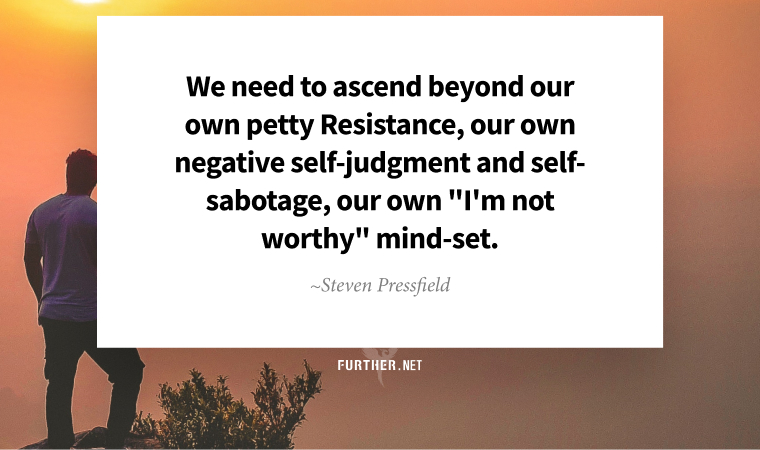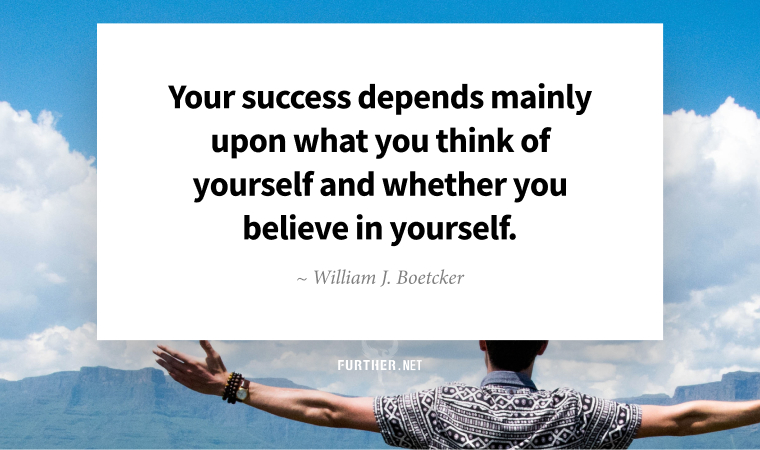
By the time people hit their mid 40s, they know something is different.
This often manifests itself as a vague sense of discontent. Other times by a burst of clarity that shows a new path forward.
In either case, the desire for change is there, and so is the resistance. After all, aren’t big changes at midlife a sign of a crisis?
The midlife crisis is a particularly damaging myth. The idea itself can cause us to resist our own reasonable need for reinvention so that we appear consistent and steady, which is effectively a form of self sabotage.
That said, everyone reacts differently to the call. Fortunately, the more we find out about the realities of midlife versus the myths, the more likely we are to embrace some form of reinvention.
For example, we know that most successful entrepreneurs are at midlife when they start. Far from a sign of crisis, it’s now a desirable form of status to shift to your own business at the point when you’re most qualified to do it.
And while your spouse may raise an eyebrow if you suddenly start embracing personal development after decades of showing no interest, it’s not likely to be viewed as a red flag.
Getting in better shape is another no-brainer. But what about the propensity for people at middle age to move beyond basic fitness and become competitive athletes?
For example, almost a third of all triathlon participants in the United States are between the ages of 40 and 49, according to the U.S. Triathlon organization. That’s the largest age demographic by decade and one of the most competitive.
And if you think this is some sort of midlife macho flex, think again:
There is no shortage of men who credit triathlon with changing their lives, but research shows that the sport might hold even deeper meaning for women in midlife. The act of focusing on triathlon training for personal growth is revolutionary for those of us that may have felt a sense of duty to care for others or otherwise sacrifice personal time.
Cynics may point to this otherwise admirable undertaking as some sort of existential crisis, as if these athletes think they can cheat death or recapture lost youth. But that’s likely not it:
Extreme fitness is less about being young again and more about building yourself up for the years ahead. In other words, it’s getting better at getting older.
It seems people tend to pick one area of their life – whether health, wealth, or self – to pursue significant change. And while we’re proponents of small steps and incremental changes to make any shift happen, all three areas contribute to the total person you’d like to be next.
Change is challenging, especially when other people are impacted. But it’s often the case that nothing is holding you back more than yourself.
Further reading:
Is The “Midlife Crisis Tri” A Thing?
Keep going-
P.S. New to Further? Join us here.
Work the Plank
A plank is a tough isometric bodyweight exercise that requires you to hold yourself in a position similar to a pushup. It primarily targets your core muscles, but recruits your shoulders, back, glutes, and leg muscles for support.
Here’s How Long You Should Hold A Plank For A Stronger Core
Supergood
SuperAgers are people over the age of 80 who have outstanding episodic memory — the ability to recall everyday events and past personal experiences — even though they have similar IQ levels to others their age.
Secrets of ‘SuperAgers’ with superior memories into their 80s
Deep Impact
Simply put, impact investing is a type of investment that seeks to generate both financial return and positive social or environmental impact.
Demand For Impact Investing Is Rising. Here’s Why
Petty Persuasion
Past research demonstrates that feeling frustrated can make you more resistant to changing your mind. A new study suggests it may also diminish your ability to recognize why your arguments don’t succeed.
‘Persuasion Fatigue’ Is a Unique Form of Social Frustration
A Classic Formula to Boost Your Self-Esteem

By Trudi Roth
At the tender age of three, my daughter’s preschool friend group suddenly dumped her. All those years ago, her teacher gave me not just the best parenting advice but perhaps the best life advice:
There’s nothing to do or ‘fix’ — if you want to help your daughter, find ways to bolster her self-esteem.
I’ve thought of that invaluable insight countless times over the years — and especially recently as I counseled my niece through her college applications, a newly empty-nesting friend, and a prospective client who’s envisioning a “you are enough” themed website (the fifth person to ask for my help with an identical project over the years).
No matter how old you are, feelings of self-doubt, imposter syndrome, and a lack of confidence can undermine your sense of well-being. The good news is there’s a simple formula you can employ to evaluate and improve your inner sense of self.
The Self-Esteem Equation
According to Abraham Maslow, self-esteem is second only to self-actualization in his famed hierarchy of needs. But just because it’s a basic necessity doesn’t mean it’s easy to acquire — or hold onto.
Enter William James, the founding father of humanistic psychology whose work predated Maslow’s by a half-century. In his book, The Principles of Psychology, James defined self-esteem in a formula that balances your aspirations with your achievements.
Self-esteem equals success divided by our pretensions.
By “pretensions,” James meant goals and beliefs. In other words, you’ll never feel like you’re enough if you value perfection over progress or if your objectives are way beyond reach. Out-of-whack ideals make a personal triumph seem like a sad consolation prize rather than the success it is.
Do the Math
Looking deeply at James’ equation, it’s easy to quickly spot the problems with unchecked ambition and unrealistic expectations. This doesn’t mean you shouldn’t have aspirations — it just means focusing on a balanced approach to goal-setting.
You must be consistent and focus on realistic goals that match your worth. Only then will you achieve success, and your self-esteem will remain strong and healthy.
While preschoolers have miles to go before realizing their strengths and embracing their capacities, we adults have a track record of successes and failures alike. So, when your self-confidence is rattled, James’ formula is the perfect method to factor in your resilience and capabilities and solve the problem of low self-esteem.
William James and His Formula for Boosting Self-Esteem (Exploring Your Mind)
further: flashback

Madonna – Lucky Star
Madonna, 1983
The final single released off of Madonna’s self-titled debut album (following Holiday and Borderline), Lucky Star broke big. Meanwhile, the video sparked a fashion craze among young women desperately seeking to emulate Ms. Ciccone. (YouTube)
further: sharing

Further subscribers who share Further with friends can gain access to our exclusive membership community Well + Wealthy with only three referrals. Get your own free weekly dose of health, wealth, travel, and happiness advice here, and find out all the details on our referral program.
Thank you for sharing Further!
